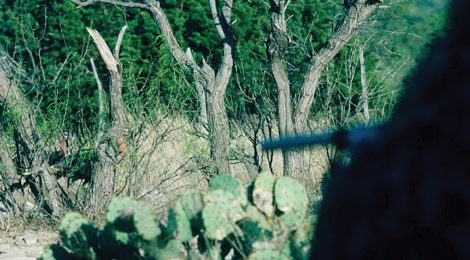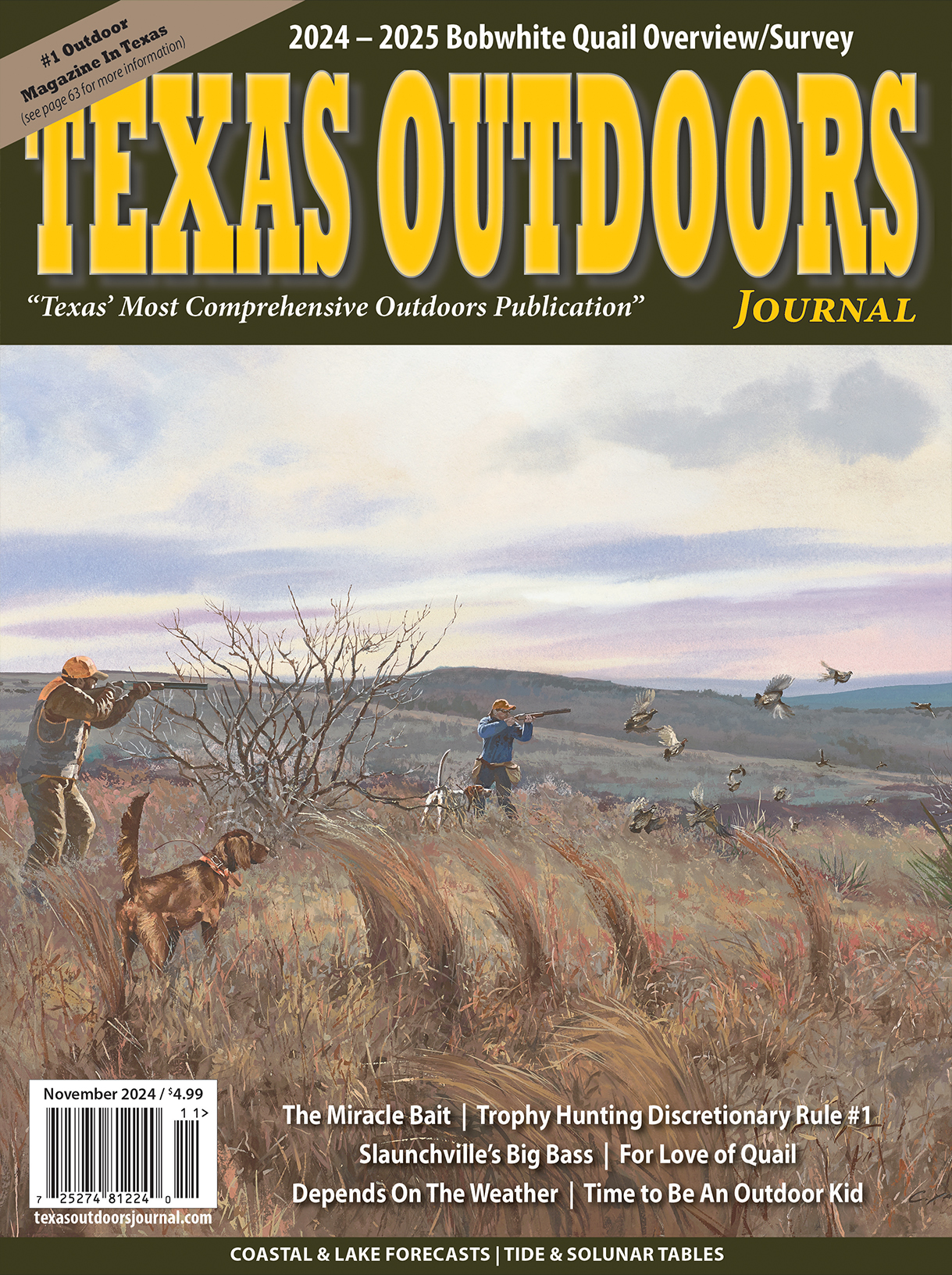
Successful Turkey Calling and Setup
Knowledge of Rio Grande turkey behavior is more important than one’s calling ability.
Story and Photography by Bob Zaiglin
Working my way through the thorn scrub paralleling a small artesian-fed creek in the ink-black predawn hours, I paused occasionally to listen for the sound of turkeys that often roosted in the live oak trees on both sides of the shallow stream. Suddenly a characteristically loud, almost abrasive (‘who cooks for you’) hoot of a barred owl interrupted the silence, firing up several gobblers in the nearby trees as they erupted into a series of thunderous gobbles shattering the quiescent morning. Rapidly maneuvering as stealthily as possible towards the birds, I came upon a sandy clearing surrounded by sacahuista and got situated in the knee-high grass within view of the opening where the toms would gravitate and drum displaying their attributes to hopefully a willing hen.
Once situated, I removed several aged yet proven Lynch foolproof box calls from my vest, placing each at my side. As ambiguous predawn configurations began to take shape as a cacophony of bird songs filled the refreshingly cool spring air.
A white-eyed vireo the size of a silver dollar dangled precariously from a low-lying limb of a nearby oak while a brilliant, blood-red vermillion flycatcher perched on the branch above awaiting its prey. From the very top of a nearby mesquite, Texas’ state bird, a mockingbird, blurred out its characteristic four-noted call.









